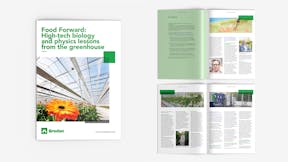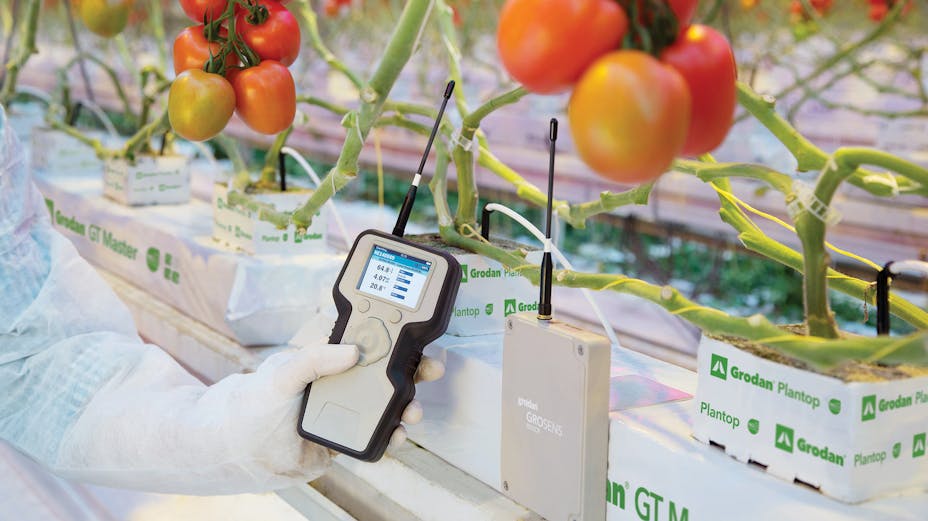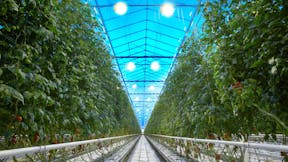Recycling and reusing wastewater
In an interview with Grodan last year, Jim van Ruijven, Researcher Water & Emissions at Wageningen University and Research, mentioned he works together with growers to find solutions that ensure they don’t need to throw away any water. “In the Netherlands, it is obligatory to purify drain water from greenhouse horticulture. Hence, we’re seeing that growers are getting together and build collective purification installations. Although it’s not always successful, it does show that growers are taking an increasingly serious look at the quality of their water and they want to learn from one another. In the Westland, for example, growers are setting up a collective for waste water purification in Hoek van Holland,” said van Ruijven.
Biological solutions for biofilm formation
Biofilm, often seen as an environment where legionella can grow, can form in the water pipes of the greenhouse. This can be harmful for the health and resilience of the crops, as well as for the environment around the greenhouse. That’s why in the horticultural sector, different organizations are successfully developing biological solutions that can prevent biofilm from forming in the greenhouse’s water pipes. With these solutions, the water in the pipes stay clean, which supports the growth and resilience of the plants.
Real-time irrigation measurement
By using sensors from Grodan in their growing media, growers can measure the temperature, water content and EC levels in the root zones of the plants. As a result, water usage can constantly be improved and optimized. Sander van Golberdinge, Public Affairs Manager at Grodan, explains how this works: “As the stone wool growing media can be steered and can retain water well, growers can adjust their watering strategy very precisely (an important factor in precision growing). Besides saving a lot of water in the greenhouse, this also makes the plants more resilient”.
Want to know more?
Read our Food Forward, High-tech biology and physics lessons from the greenhouse, and learn how the horticulture industry continues to optimize the value of water.
Take a look at our Best Practice Guidelines for Greenhouse Water Management to improve the environmental performance in the greenhouse via smart water management.

Food Forward: High-tech biology and physics lessons from the greenhouse
Did you know that as early as 1988 it was discovered that bumblebees are the best pollinators of tomatoes? Thanks to their ‘buzz-pollination’ technique, where the bees shake the flowers, bumblebees are now used for more than a hundred different crops.

Download The Best Practice Guidelines for Greenhouse Water Management
The guide has been written to provide greenhouse owners and managers with an overview of current best practice.
Join us for a meaningful career
Search for a job by location, your area of interest or any of our business areas and apply with a few steps and make a diffrence.








